Many years ago — decades, in fact — in a rare moment of precocious insight, I wrote the following in my journal:
“There is nothing like the wisdom and love of friends to remind us of who we are.”
Even at the time, I understood that I had, without any intention of doing so, stumbled upon some deep wisdom of my own. Because add to “the wisdom and love of friends” the words “and family,” and you have precisely the experience I have just enjoyed.
I have recently returned from an extended journey east and north, and I am feeling stronger than I have in some time, in large part because of the friends and family I encountered along the way. The trip began with Nancy and me attending a university event in Richmond, where she was the guest of honor and featured speaker. Seeing her excel at her job, watching her move among strangers with ease and poise, listening to her deliver remarks with the aplomb of a seasoned pro, brings me such joy and makes me so proud I can hardly find words to express the emotion. And so the trip began, as do all things in my life, with her, with us.
From there, as many of you already know, I went on to the Hampton Roads Writers Conference, which was well-run and professionally fulfilling. The highlights of the weekend, though, were the two evenings I spent hanging out with Edmund Schubert and John Hartness. Both nights, we talked business, we talked craft and market, we spoke of family, of life and friendships, we just shot the shit for hours. It was amazing.
I have spent too, too long, in my own head, dealing with uncertainties, with anxieties, with fear and grief, with my own emotional health issues as well as with the challenges life throws at so many of us. It wasn’t that these evenings with my friends made me forget all that other stuff. Rather, it was that these two amazing friends and I made room in our interactions for all that each of us is going through right now. We commiserated and supported, even as we also laughed and spoke of other things.
And that was a harbinger of the entire trip.
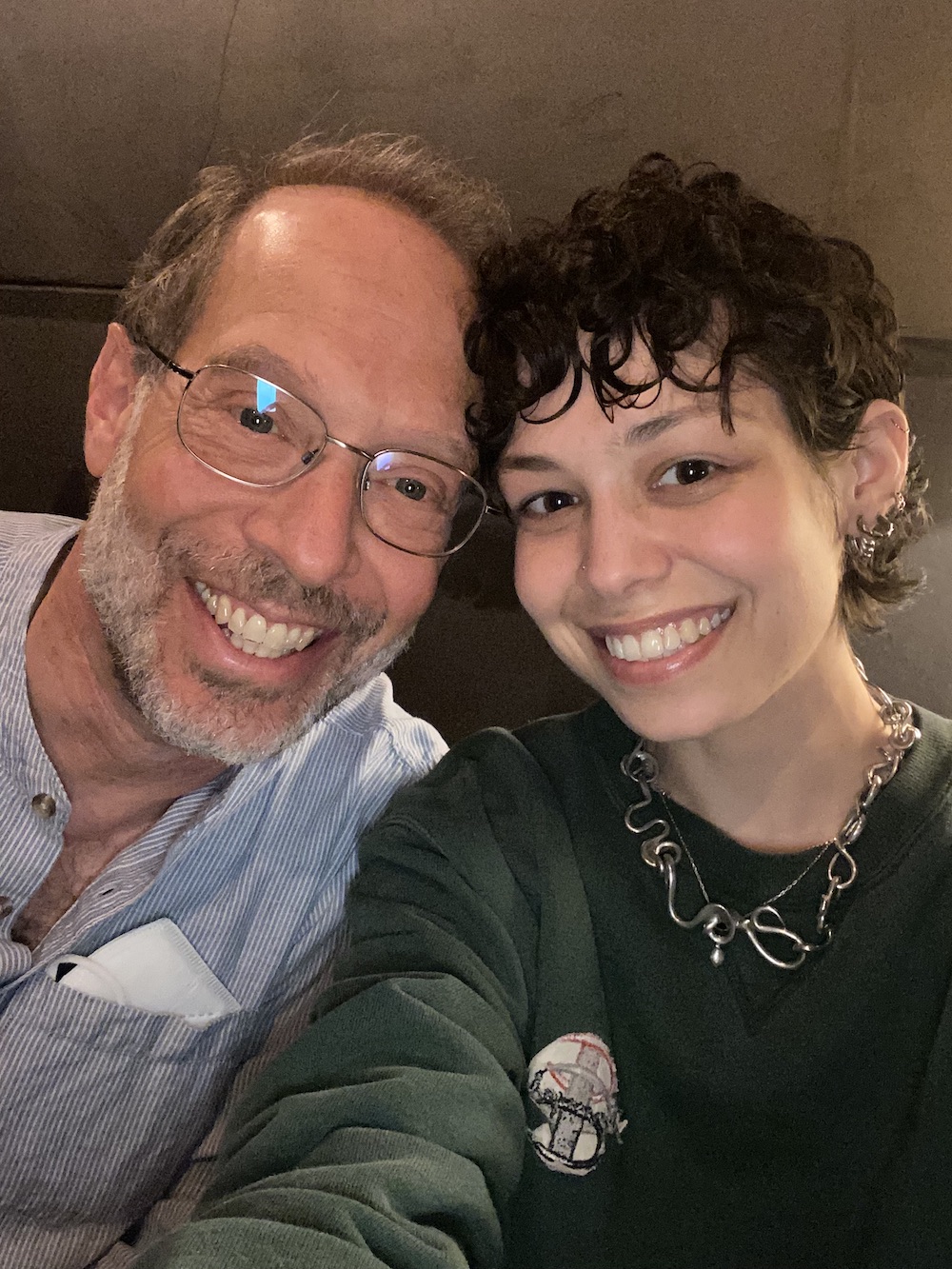 From Virginia Beach, I went to Brooklyn, where I spent two evenings with my older daughter. She looks beautiful, seems great, has a ton of energy, and was her normal, playful, thoughtful, intelligent, insightful, slightly acerbic self. Seeing her, having such amazing time with her, was reassuring to say the least.
From Virginia Beach, I went to Brooklyn, where I spent two evenings with my older daughter. She looks beautiful, seems great, has a ton of energy, and was her normal, playful, thoughtful, intelligent, insightful, slightly acerbic self. Seeing her, having such amazing time with her, was reassuring to say the least.
I also spent an afternoon with two old friends from my high school and college years. We are, all of us, changed. How could we not be? But our affection for one another remains, as does our ability to joke and laugh one minute, and then shift gears into matters weighty and significant the next. Seeing them was a rare treat, one I have missed these many years.
I drove from Brooklyn to central New York State, where I stayed with my brother Jim, and his wife, Karen. They are two of Nancy and my favorite people in the world. Jim is my birdwatching partner and guru, not to mention my oldest and dearest friend in the world outside of Nancy and my girls. Karen, his wife of 35 years, is brilliant, witty, articulate, passionate about her work, and so much fun. She and I share affinities for good Scotch and teasing Jim. While I was there, we were joined for dinner one night by Jim and Karen’s daughter, Rachel, who is as terrific as her parents.
And while in the Albany area, I also saw my wonderful friends Alan and Karen. Alan was (along with our friend, Amy — more on her in a moment) my closest friend in college, my musical partner (also along with Amy), and my housemate. In the nearly forty years since college, he (and Karen, and Amy and her husband, Paul) has remained as caring and constant a friend as anyone could want.
I started home on Friday, driving into the wind and rain of Ian, and I stayed that night in the Charlottesville area with Amy and Paul. We drank Manhattans and ate pasta, they showed me photos from their son’s recent wedding, and we talked deep into the night. Or as deep as we of advanced middle age are capable of these days. Which is to say, not really that late at all. But it was a great evening.
The next day, I arrived home.
My trip lasted twelve days, and pretty much every one of them brought me to someone I care about, someone who knows and understands me, someone whose wisdom and love made for a special day or evening.
I am back home now, and I feel restored in some way. Yes, the anxieties and difficulties persist. Life continues to throw stuff in our paths, and much of what Nancy and I have struggled with for the past year and a half will continue to challenge us for a long time to come. But I feel more connected to where I come from, to the person I have long known myself to be. I am reminded that there is more to me than fear and sadness and struggle. There is strength as well, and worth and humor and, most important, the love of people I respect and admire.
“There is nothing like the wisdom and love of friends and family to remind us of who we are.”
Yes, maybe there is something trite to the thought. But at 22, when I wrote it, it felt like a valuable insight. And three and a half decades later, it still carries the weight of truth.
Have a great week.









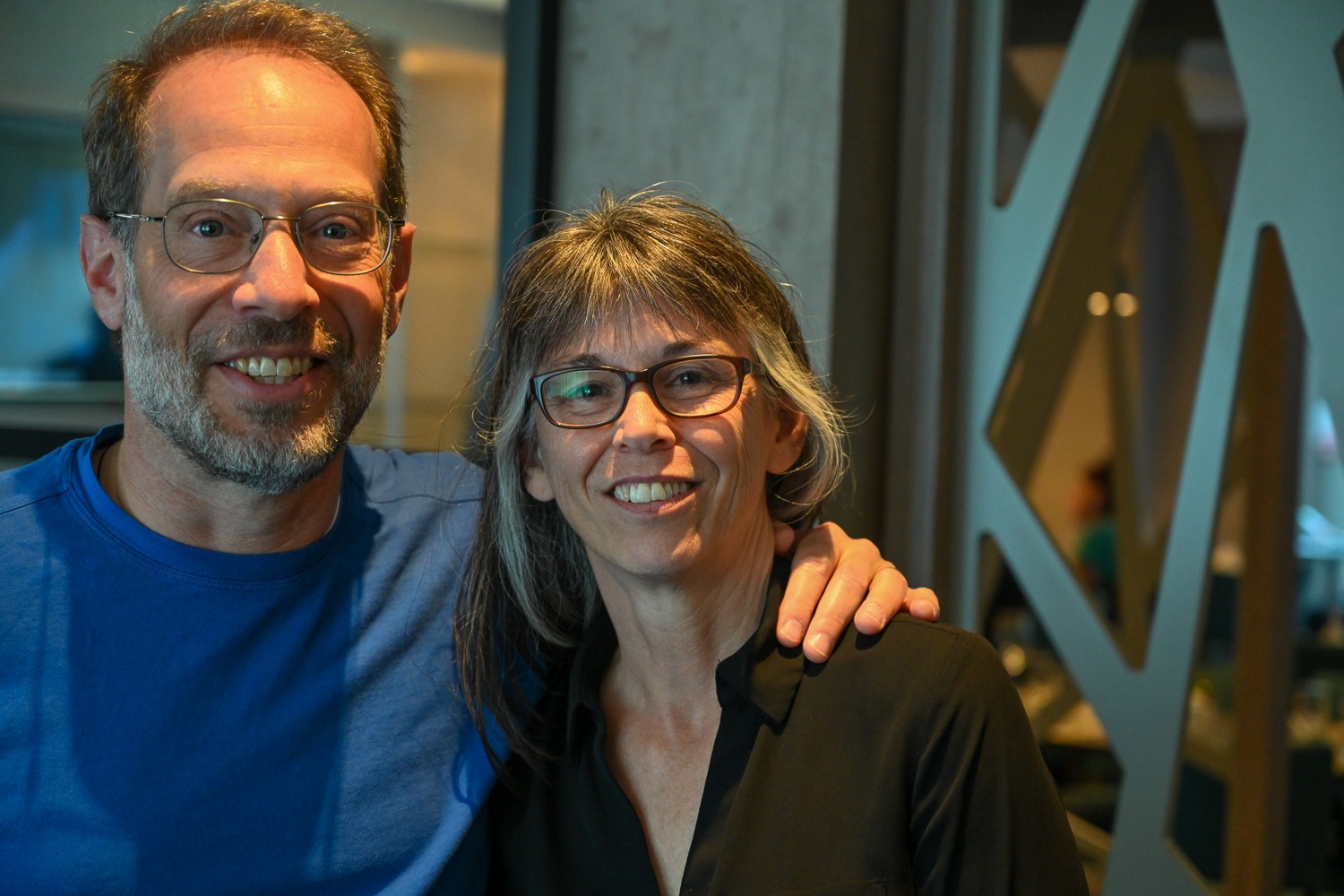
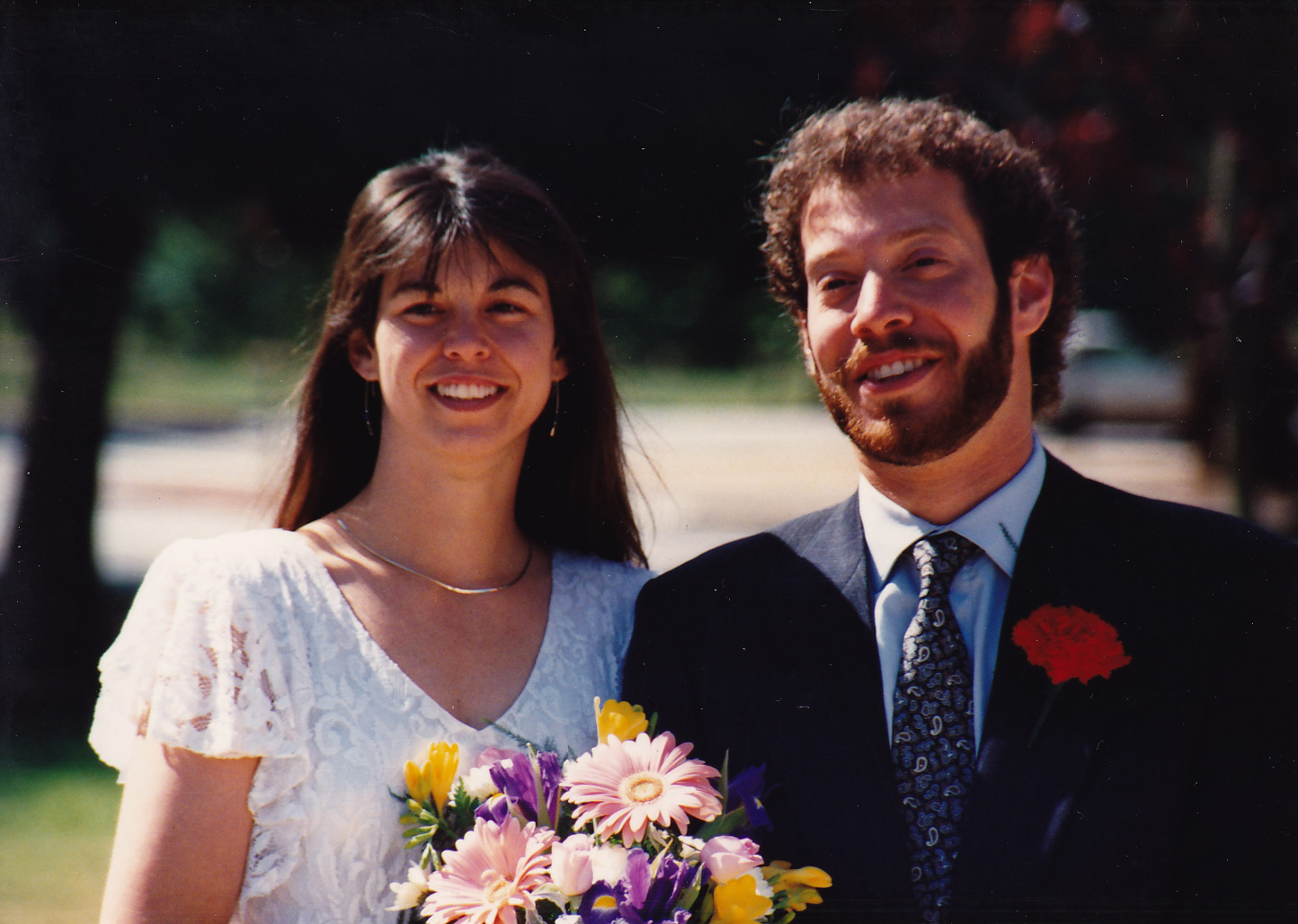
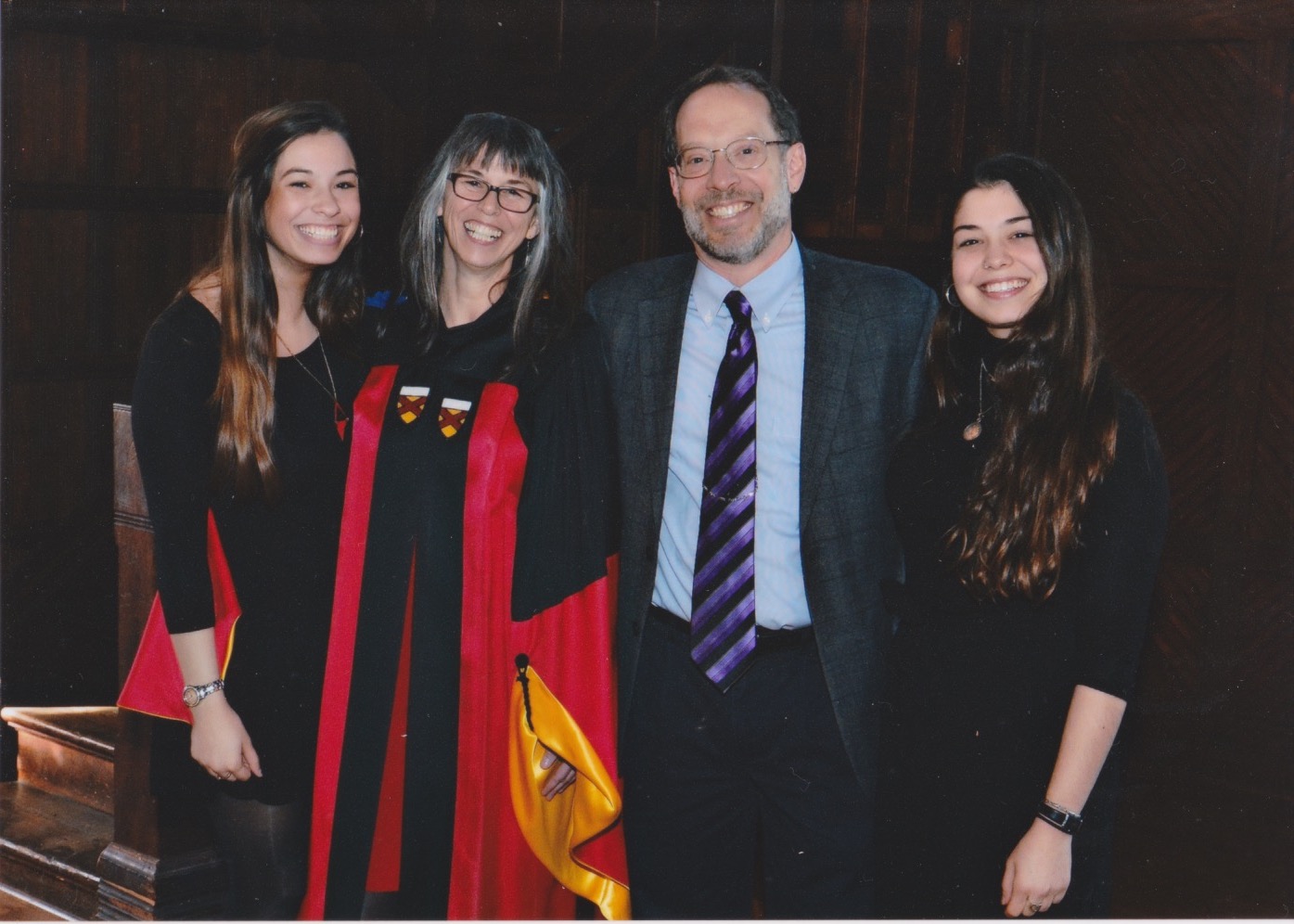

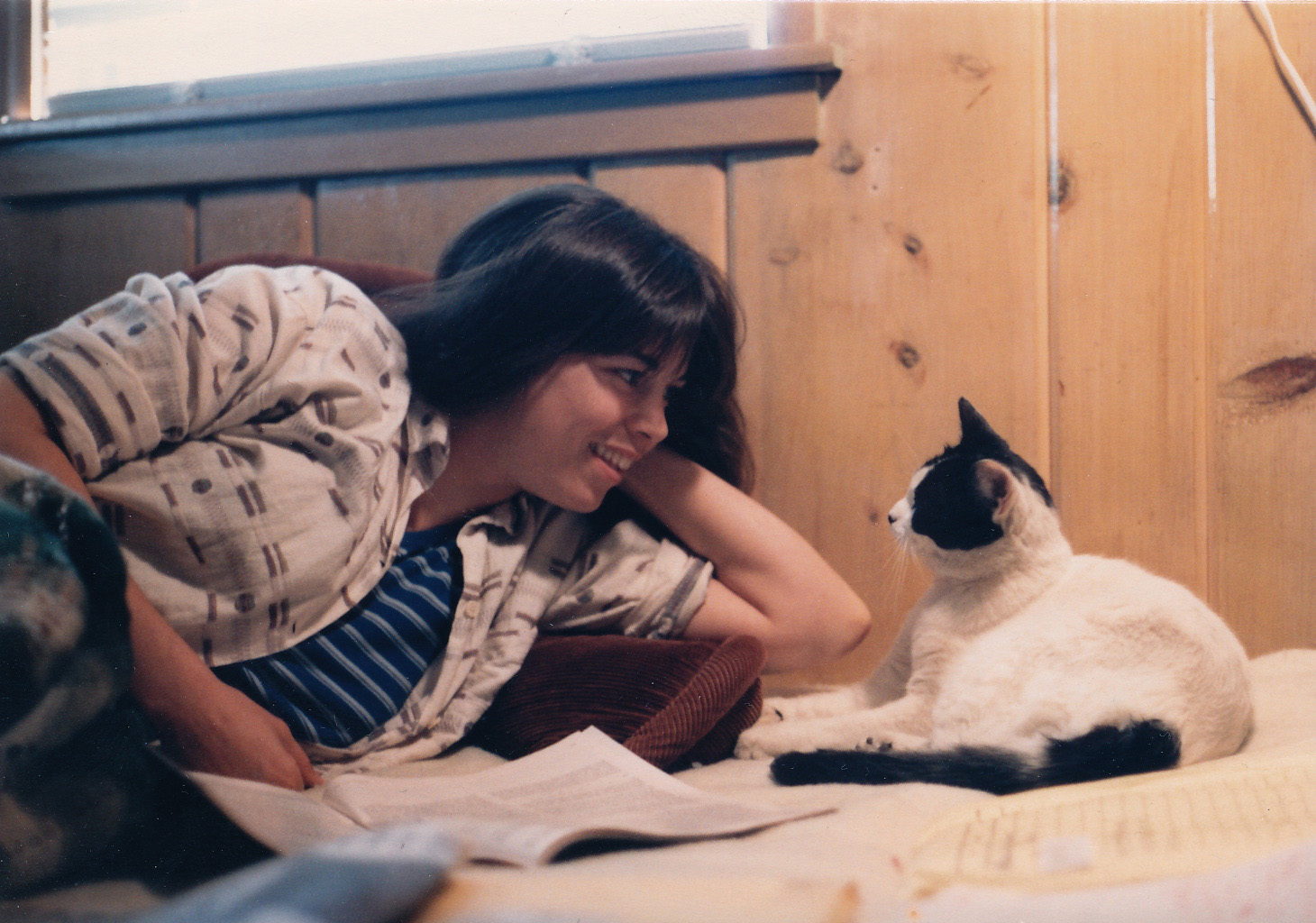
 I have to confess that I don’t remember when I first met Wayne McCalla.
I have to confess that I don’t remember when I first met Wayne McCalla.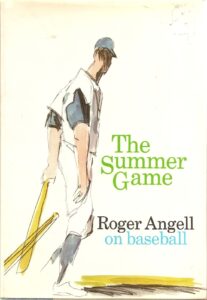 Beginning in 1962, and continuing through most of the next sixty years, Angell wrote about baseball, contributing articles to The New Yorker a couple of times each season, usually once during spring training, and once at the end of the World Series. Some seasons he added a mid-season essay. His articles were later collected in volumes — The Summer Game (1972), Five Seasons (1977), Late Innings (1982), Season Ticket (1988), and Once More Around the Park (1991). I own all of them, and have read them multiple times.
Beginning in 1962, and continuing through most of the next sixty years, Angell wrote about baseball, contributing articles to The New Yorker a couple of times each season, usually once during spring training, and once at the end of the World Series. Some seasons he added a mid-season essay. His articles were later collected in volumes — The Summer Game (1972), Five Seasons (1977), Late Innings (1982), Season Ticket (1988), and Once More Around the Park (1991). I own all of them, and have read them multiple times.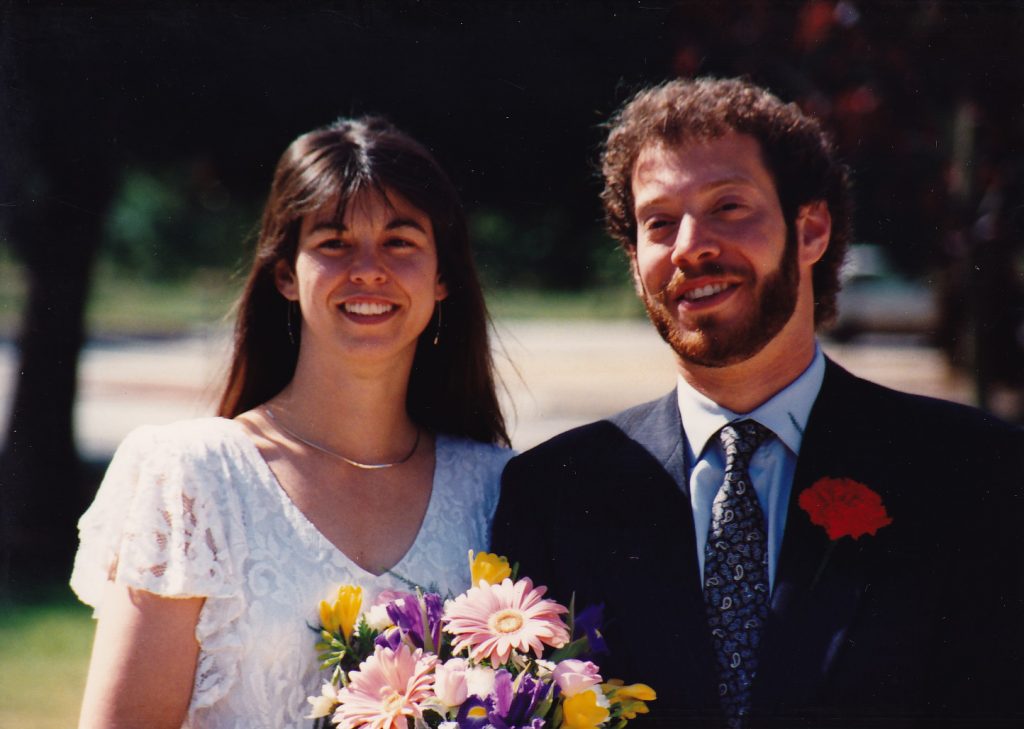 Because eventually I did find The One, and I married her 31 years ago this week. (Our anniversary is Thursday.)
Because eventually I did find The One, and I married her 31 years ago this week. (Our anniversary is Thursday.)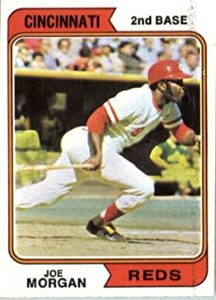 “Aha!!” I was able to reply. “What about Joe Morgan? Two time Most Valuable Player, perennial All-Star, World Series champion. He’s five foot seven!” Besides, I assured them. I didn’t expect or need to be six feet tall. I would be perfectly happy with five foot ten, like my hero, Roy White.
“Aha!!” I was able to reply. “What about Joe Morgan? Two time Most Valuable Player, perennial All-Star, World Series champion. He’s five foot seven!” Besides, I assured them. I didn’t expect or need to be six feet tall. I would be perfectly happy with five foot ten, like my hero, Roy White.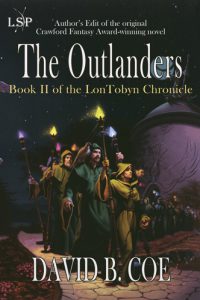 The Outlanders, my second book, may well be the most significant of all the books I’ve published. I knew I had it in me to write one book. But when I finished The Outlanders, and realized it was even better than CofA, I knew I was more than a guy who could write a novel. I was an author. And when Children of Amarid and The Outlanders together were given the Crawford Fantasy Award by the IAFA (International Association for the Fantastic in the Arts), for best fantasy by a new writer, I knew I would have a professional career beyond that first series.
The Outlanders, my second book, may well be the most significant of all the books I’ve published. I knew I had it in me to write one book. But when I finished The Outlanders, and realized it was even better than CofA, I knew I was more than a guy who could write a novel. I was an author. And when Children of Amarid and The Outlanders together were given the Crawford Fantasy Award by the IAFA (International Association for the Fantastic in the Arts), for best fantasy by a new writer, I knew I would have a professional career beyond that first series.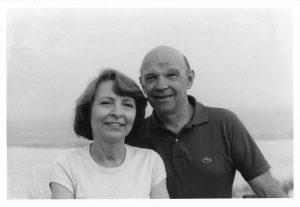 I have conversations with my father all the time. Literally every day. Which is kind of remarkable given that we lost him to leukemia twenty-five years ago.
I have conversations with my father all the time. Literally every day. Which is kind of remarkable given that we lost him to leukemia twenty-five years ago.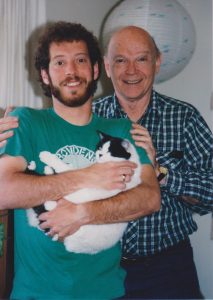 We almost lost Dad before we had him. Which is to say, all of us were almost never here. When Dad was a sophomore at the University of Pennsylvania, he contracted spinal meningitis. Even today, meningitis proves fatal in ten to fifteen percent of cases. Untreated it is nearly always fatal. In 1939, the diagnosis itself was essentially a death sentence. Dad grew very sick very quickly, and fell into a coma. Doctors did all they could for him, including removing a piece of skull from his forehead to relieve some of the pressure on his brain. And still, they were ready to give up on him. But a doctor recommended the use of a revolutionary new drug — penicillin — that he thought might work. Needless to say, the drug saved Dad’s life.
We almost lost Dad before we had him. Which is to say, all of us were almost never here. When Dad was a sophomore at the University of Pennsylvania, he contracted spinal meningitis. Even today, meningitis proves fatal in ten to fifteen percent of cases. Untreated it is nearly always fatal. In 1939, the diagnosis itself was essentially a death sentence. Dad grew very sick very quickly, and fell into a coma. Doctors did all they could for him, including removing a piece of skull from his forehead to relieve some of the pressure on his brain. And still, they were ready to give up on him. But a doctor recommended the use of a revolutionary new drug — penicillin — that he thought might work. Needless to say, the drug saved Dad’s life.